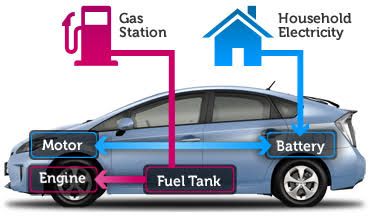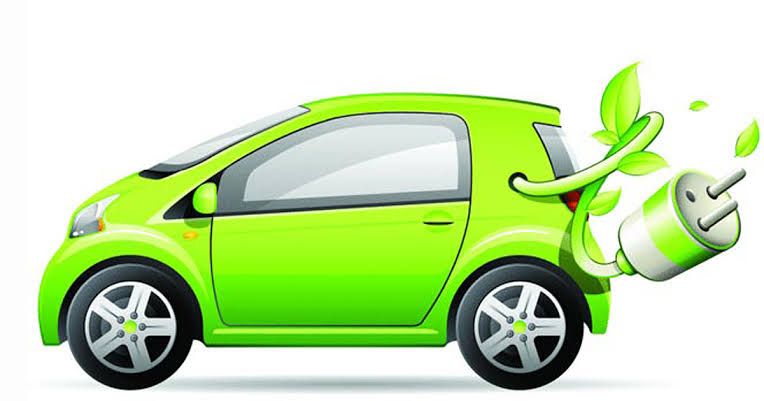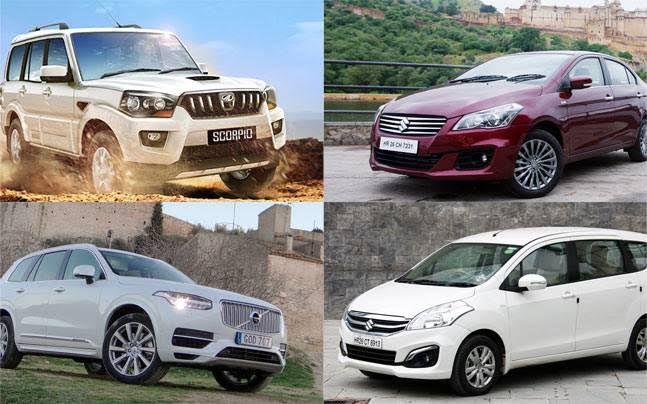Hybrid Vehicles
May 20, 2019 • 25 views
A hybrid car is one that uses more than one means of propulsion - that means combining a petrol or diesel engine with an electric motor.
The main advantages of a hybrid are that it should consume less fuel and emit less CO2 than a comparable conventional petrol or diesel-engined vehicle.
Hybrid cars have a conventional engine, an electric motor and a battery. There are three different types of hybrids and each works in a different way.
A hybrid vehicle has two power sources – in the case of Toyota Hybrids, these are a petrol engine and an electric motor – combining to propel the cars forward. By switching seamlessly between pure electric power at low speeds and efficient petrol power when speeds increase, Toyota Hybrids not only save you fuel and money, but they also offer class-leading CO2 emissions.
The majority of Toyota Hybrids are self-charging which means that every moment you are driving, your battery is charging even when slowing down thanks to technology like the regenerative braking system, which recovers energy that would normally be lost and stores it in the battery for later use. And because they are all self-charging hybrids, their batteries never need to be plugged in.
1. Parallel hybrid cars
These are the most common type of hybrid, and the Toyota Prius is the most widely known example. The car’s wheels can be powered in three different ways: either directly by the engine, by the electric motor alone, or by both power sources working together.

When pulling away, and at speeds up to 15mph, the Prius only uses the electric motor for power, making it very economical for stop-start city driving. The petrol engine cuts in as speed increases, and it is used most during hard acceleration.
Whenever you decelerate or use the brakes, the regenerative braking system produces electricity and stores it in the battery for use later on. The battery is big enough that the electric motor can power the car for up to 1.25 miles

Regenerative braking recaptures energy normally lost during coasting or braking. It uses the forward motion of the wheels to turn the motor. This generates electricity and helps slow the vehicle.
The electric motor provides power to assist the engine in accelerating, passing, or hill climbing. This allows a smaller, more-efficient engine to be used. In some hybrids, the electric motor alone propels the vehicle at low speeds, where gasoline engines are least efficient.
.Automatically shuts off the engine when the vehicle comes to a stop and restarts it when the accelerator is pressed. This reduces wasted energy from idling.
2. Plug-in hybrids
As the name implies, this type of hybrid can be plugged into an electric outlet to recharge their batteries, as well as being charged on the move.

Effectively, they are a halfway house between conventional hybrids and full electric vehicles. Although they have a conventional engine, they also have larger batteries than regular hybrids and can drive longer distances on electric power alone - up to 30 miles in some cases.
A plug-in hybrid such as the Toyota Prius Plug-in gets all the benefits of being a hybrid but also has a charge point so you can extend the range of your car by plugging in at home or at one of the nation’s electric charge points.

Driving a hybrid is similar to driving a conventional automatic car, so there’s little compromise on performance.
Whether in the city or on the motorway, you will find hybrids feel no different to drive than a petrol or diesel powered automatic vehicle. Simply start the engine, set the gear lever to D, pull away and enjoy the smooth and effortless ride.
Not only does a hybrid offer a quiet and relaxing ride, it will give you the power you need whatever the situation whether cruising down the motorway or performing an overtake manoeuvre.
Most strong hybrids will have a choice of power modes, too, ranging from eco to power, enabling the driver to choose maximum efficiency or performance depending on the driving conditions.

A hybrid car will suit you if you do most of your mileage in and around town because you’ll gain the most benefit from running on electric only power, which is effectively free travel.
